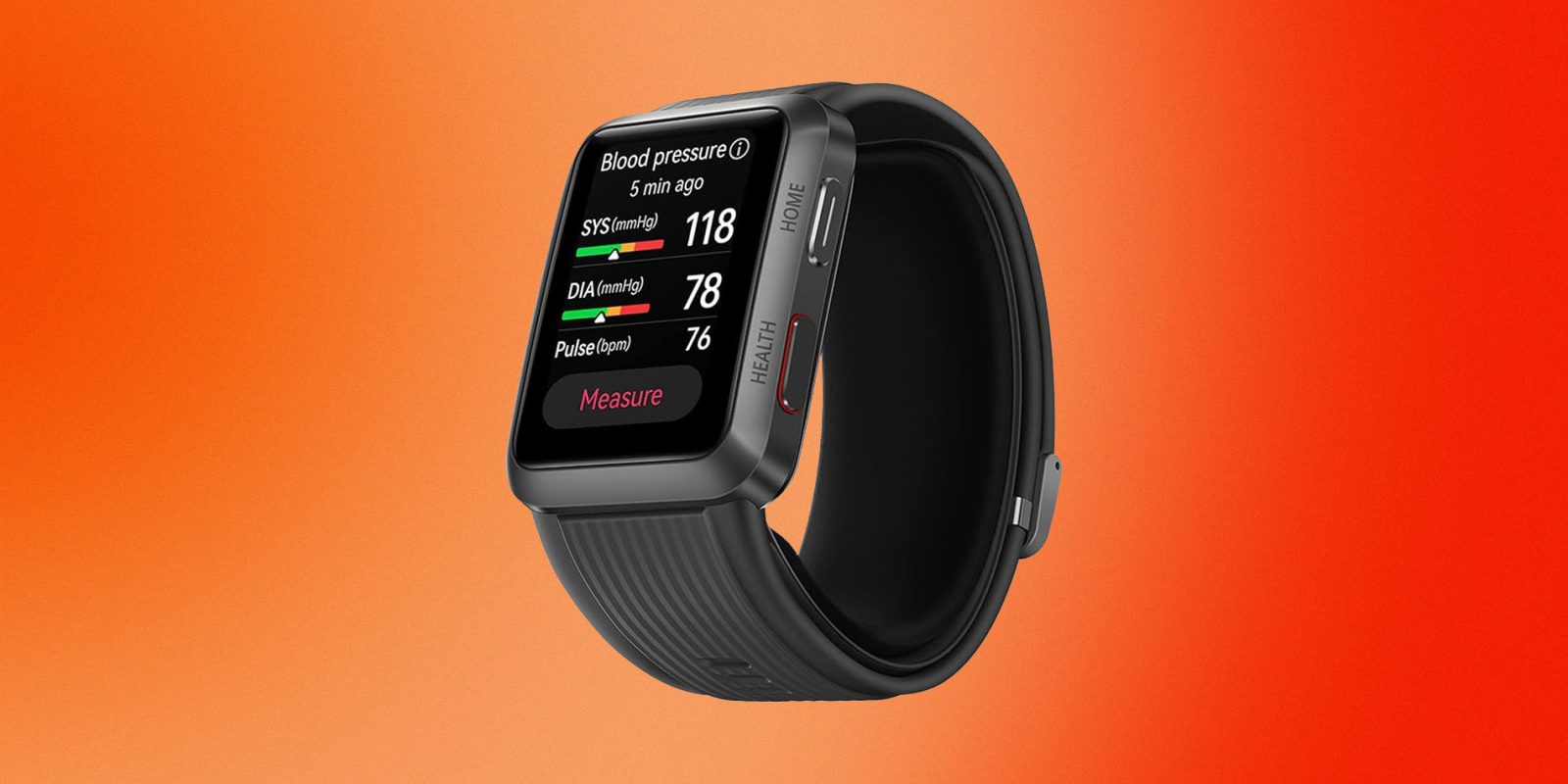
A long-awaited Apple Watch blood pressure feature has been delayed by the design changes introduced in the Series 10, according to a new report.
The report doesn’t give any specific explanation, but says that Apple ran into issues when testing the health feature with the S10 …
Apple Watch blood pressure monitoring delayed
Nikkei claimed back in 2021 that the feature would be launching in the Apple Watch Series 7. Bloomberg’s Mark Gurman refuted that, and was of course correct.
But Apple is known to be working on adding blood pressure monitoring to a future Apple Watch, and Gurman said in 2022 that it was at least a couple of years away, suggesting that it might arrive in the Series 10.
However, that didn’t happen, and Gurman said in his weekend newsletter that the company hit snags when testing with the S10 design.
I’m told that long-awaited capability ran into problems during testing, specifically with the updated design for the Series 10, so Apple delayed it.
What can we expect when it launches?
Conventional blood pressure measurement requires bulky equipment with a pressure cuff.
When the cuff is fully inflated to [a high] pressure, no blood flow occurs through the artery. As the cuff is deflated below the systolic pressure, the reducing pressure exerted on the artery allows blood to flow through it and sets up a detectable vibration in the arterial wall. When the cuff pressure falls below the patient’s diastolic pressure, blood flows smoothly through the artery in the usual pulses, without any vibration being set up in the wall.
What the Apple Watch will instead do is use something similar to the existing heart-rate sensor look at the shape of the pulse wave when measured at the wrist. This can be used to estimate the likely stiffness of the arterial wall, which is the main factor affecting blood pressure.
While this can be done today using devices like the Huawei Watch D (above), these products offer poor accuracy. The Mayo Clinic says they typically overread, and recommends that they be calibrated against a cuff measurement taken by a medical professional.
Using a wrist blood pressure monitor at home often gives falsely high readings due to poor positioning. If you use one, place it directly over the wrist artery, called the radial artery, where you can feel the pulse. Keep your wrist at heart level. Be still during the test and don’t bend the wrist. Bending the wrist can cause incorrect readings.
It’s common for blood pressure readings taken at home on any type of monitor to be different from those taken at a medical office. If you have a wrist blood pressure monitor, take the device to your healthcare professional’s office. Your care team can compare the blood pressure in your arm and wrist to make sure your device is working well.
Apple will likely want to improve on the accuracy of current devices before launching. One of the more promising approaches, which Apple is likely taking, is using AI models to interpret the data.
Image: 9to5Mac collage of images from Huawei and Chris Appano on Unsplash
FTC: We use income earning auto affiliate links. More.





